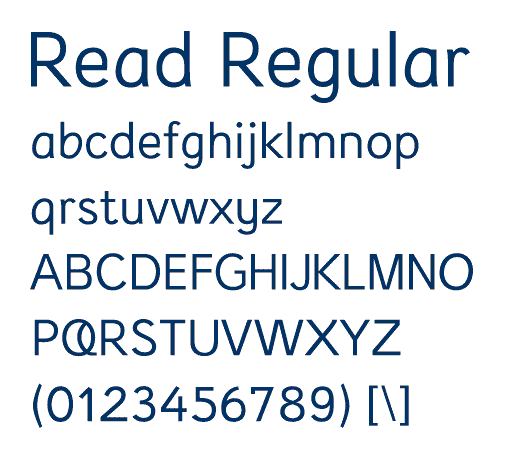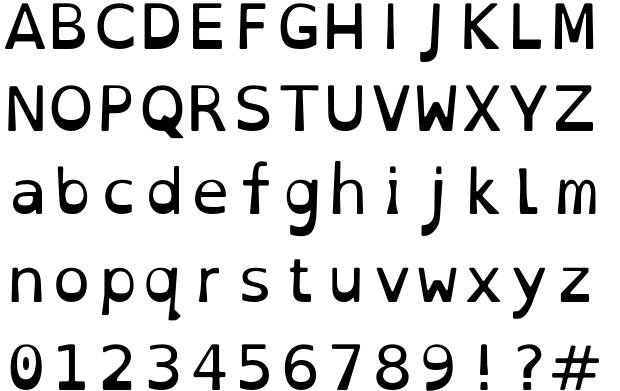What Colour Writing Is Best For Dyslexia
5 Best Reasons Colored Overlays Help Overcome Dyslexia Symptoms by Pat Wyman on November 20 2013 Reading is a very complicated skill and because reading specialists know the hundreds of skills it involves and the process can be very taxing and some children use colored overlays to help clear up the print and reduce visual stress. Glossy and bright white backgrounds italics ALL CAPS and underlining have been found to impair reading for dyslexics.
 How To Get Your Student With Dyslexia Accommodations On College Entry Exams Homeschooling With Dyslexia
How To Get Your Student With Dyslexia Accommodations On College Entry Exams Homeschooling With Dyslexia
With increasing awareness of the visual differences associated with dyslexia and the high incidence of dyslexia in the general population 15-20 the world seems poised to change how they present print to dyslexic readers.

What colour writing is best for dyslexia. Dyslexics are always in style. Quotations and samples available on request. Dazzling white backgrounds should be avoided as they can appear too glaring.
Special Announcement Apr 06 2020 As a result of the current COVID-19 crisis and the volumes going through logistics networks please be aware we are starting to see longer delivery periods from our. Use cream or a soft pastel colour. Avoid white backgrounds for paper - white can be too dazzling so provide pastel colours such as creamivory pale yellow pale blue and pale pink Shop our Dyslexia range now to stock up for these students.
White can appear too dazzling. About 30 of the population are uncomfortable with black text on white backgrounds because their visual cortex is oversensitive to certain wavelengths. This visual stress is common in dyslexia and some other SpLDs but can exist on its own.
If you want to figure out which one helps your visual stress have something typed on white paper in black writing and use different coloured overlays one at a time. For more details or a free quotation please feel free to contact us. Such as writing problems like letter reversals.
This can cause the words to swirl or blur together. For students with dysgraphia or dyspraxia writing by hand can actually be physically painful in addition to frustrating. Dark blue text on pale cream Optimal colors to improve readability for people with dyslexia.
The choice of Pastel backgrounds as a mean to accomodate users suffering from Dyslexia is also confirmed by a number of other sources amongst which The British Dyslexia association Below is an example. Lightly colored paper 12-14 point sans serif font and bolding of text for highlighting are commonly believed to be best for dyslexics. This paper presents a user study with 341 partic ipants 89 with dyslexia that measures the effect of using.
But dyslexia is a reading disability with a neurological origin. They may waste a lot of time worrying about spelling or have trouble reading their own writing. What fonts are best for dyslexic readers affects the overall readability of texts and there for speed accuracy and potentially persistence.
Consider alternatives to white backgrounds for paper computer and visual aids such as whiteboards. Try to stick to one colour for any one section of text and avoid the use of red pink and green as these colours are often problematic for colour-blind individuals. Ple with dyslexia regarding font and background colors 25 font 23 26 or letter spacing 33.
Theres also an extra disco ball for the letter O. Vision deficiencies colour blindness. Text should be dark on a light background.
The use of colors to enhance the reading of people with dyslexia have been broadly discussed and is often recom mended but evidence of the effectiveness of this approach is lacking. Writing by hand can be tricky for students who struggle with dyslexia. I know people who have pink overlays orange overlays blue overlays.
However to the best of our knowledge there are. Adding a bit more excitement to fonts for dyslexia this typeface offers a triple-lined capital letters alphabet. Dyslexia is a learning disability that makes reading writing and spelling difficult.
You can also use a dark gray for your text instead of pure black to cut the glare even more. Studies have shown that there is a connection between color and dyslexia in that using a pastel background instead of a white one can help the dyslexic define the words better. Its because many dyslexic users are sensitive to the brightness the high contrast colors cause.
To avoid this use an off-white color for your background like light gray or tan. Thats why teaching kids to touch-type is often. Dyslexics have one colour that is unique to them that helps things make sense.
The font is downloadable in black and white so you need to add colors and effects yourself. Some dyslexic people will have their own colour preference. Cream or a soft pastel colour can eliminate this.
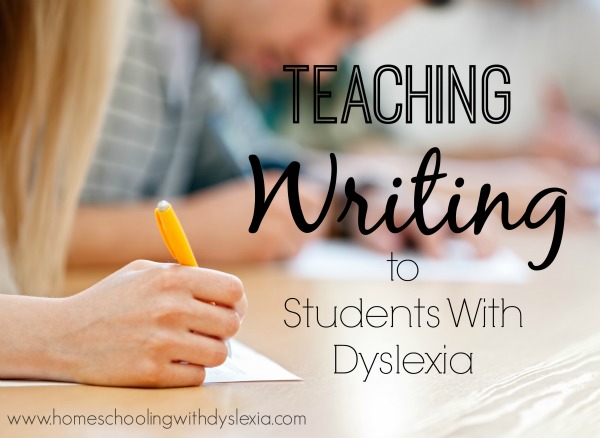 Teaching Writing To Kids With Dyslexia Homeschooling With Dyslexia
Teaching Writing To Kids With Dyslexia Homeschooling With Dyslexia
 Using Red Ink On Yellow Paper For Memory Enhancement Dyslexia Teaching Memory Enhancer Red Words
Using Red Ink On Yellow Paper For Memory Enhancement Dyslexia Teaching Memory Enhancer Red Words
 What Does Mild Dyslexia Look Like
What Does Mild Dyslexia Look Like
 Scrible Amazing Annotating Writing Tool For Dyslexic And Struggling Writers Struggling Writers Writing Tools Research Writing
Scrible Amazing Annotating Writing Tool For Dyslexic And Struggling Writers Struggling Writers Writing Tools Research Writing
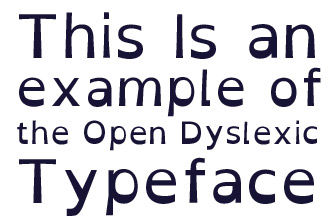 Dyslexia Does Font Really Matter
Dyslexia Does Font Really Matter
 Why And How I Teach Cursive To My Kids With Dysgraphia Homeschooling With Dyslexia
Why And How I Teach Cursive To My Kids With Dysgraphia Homeschooling With Dyslexia
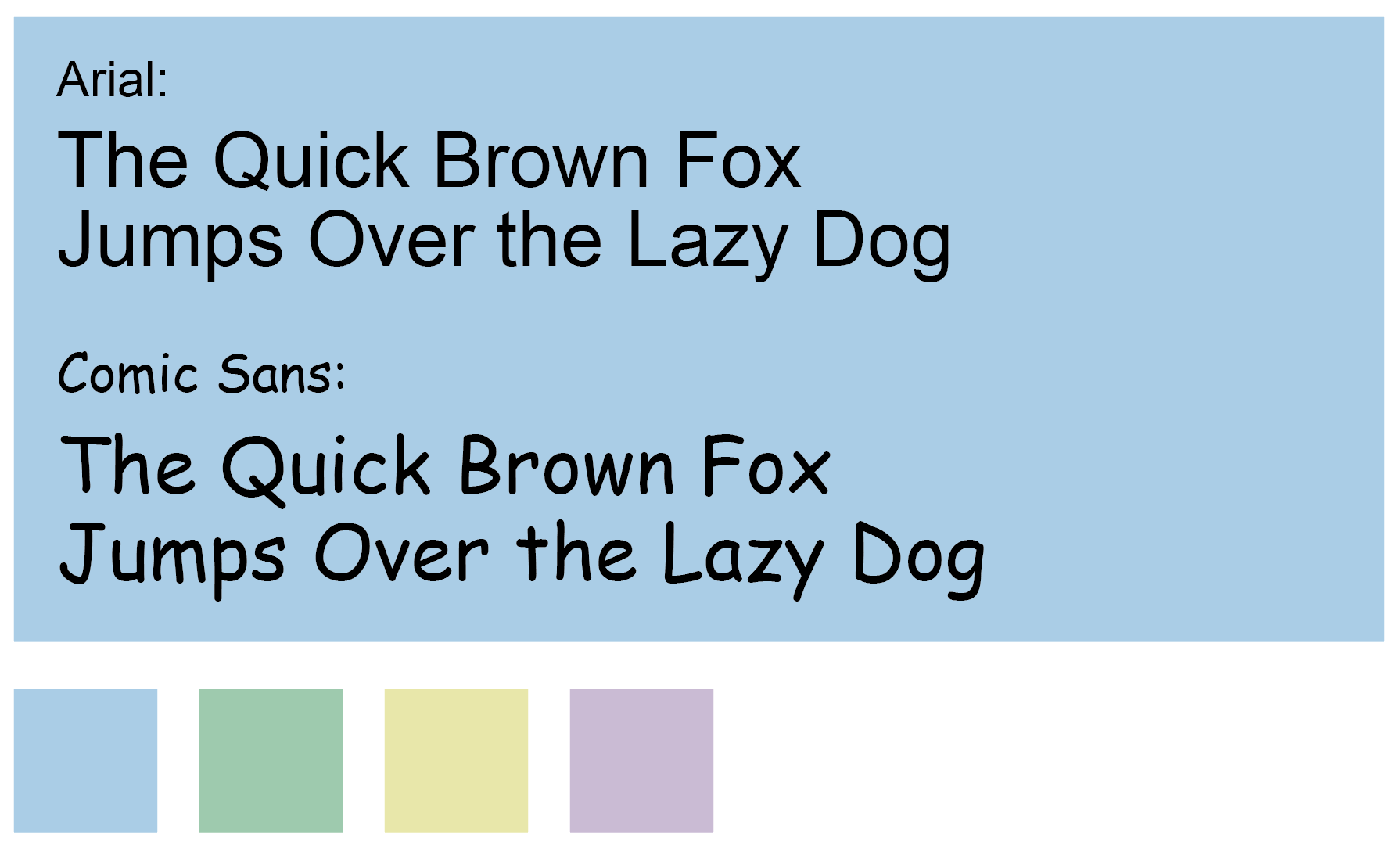 Paper In Education Using Pastel Paper To Tackle Dyslexia Paris Corporation
Paper In Education Using Pastel Paper To Tackle Dyslexia Paris Corporation
 Spelling Is Often A Lifelong Struggle For People With Dyslexia Dyslexia Teaching Spelling Apps Dyslexia Strategies
Spelling Is Often A Lifelong Struggle For People With Dyslexia Dyslexia Teaching Spelling Apps Dyslexia Strategies
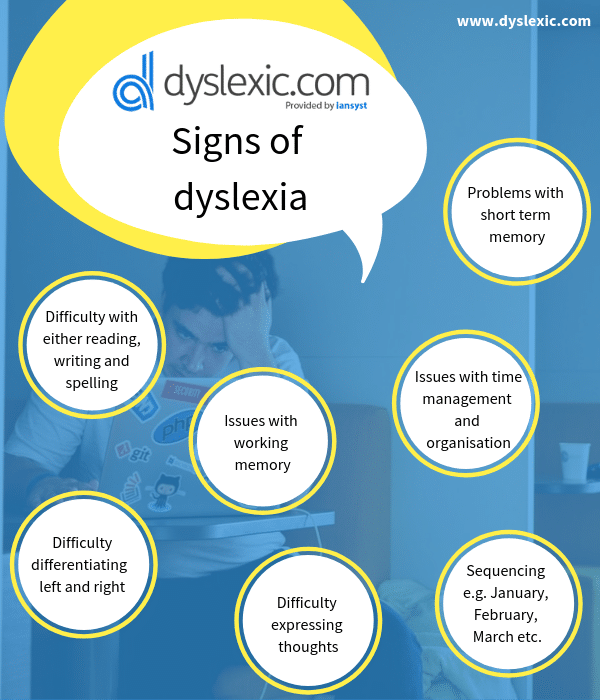 What Is Dyslexia A Brief Overview And Definitions
What Is Dyslexia A Brief Overview And Definitions
 Sos Save Our Spelling Dyslexia Mta Anchor Chart Dyslexia Activities Dyslexia Teaching Classroom Fun
Sos Save Our Spelling Dyslexia Mta Anchor Chart Dyslexia Activities Dyslexia Teaching Classroom Fun
 11 Essential Tools To Help Children With Dyslexia Scanmarker
11 Essential Tools To Help Children With Dyslexia Scanmarker
 Growth Mindset Activity Posters Freebie Dyslexia Activities Dyslexia Education Poster
Growth Mindset Activity Posters Freebie Dyslexia Activities Dyslexia Education Poster
 Eye Lighter Reading Ruler Dyslexic Com
Eye Lighter Reading Ruler Dyslexic Com
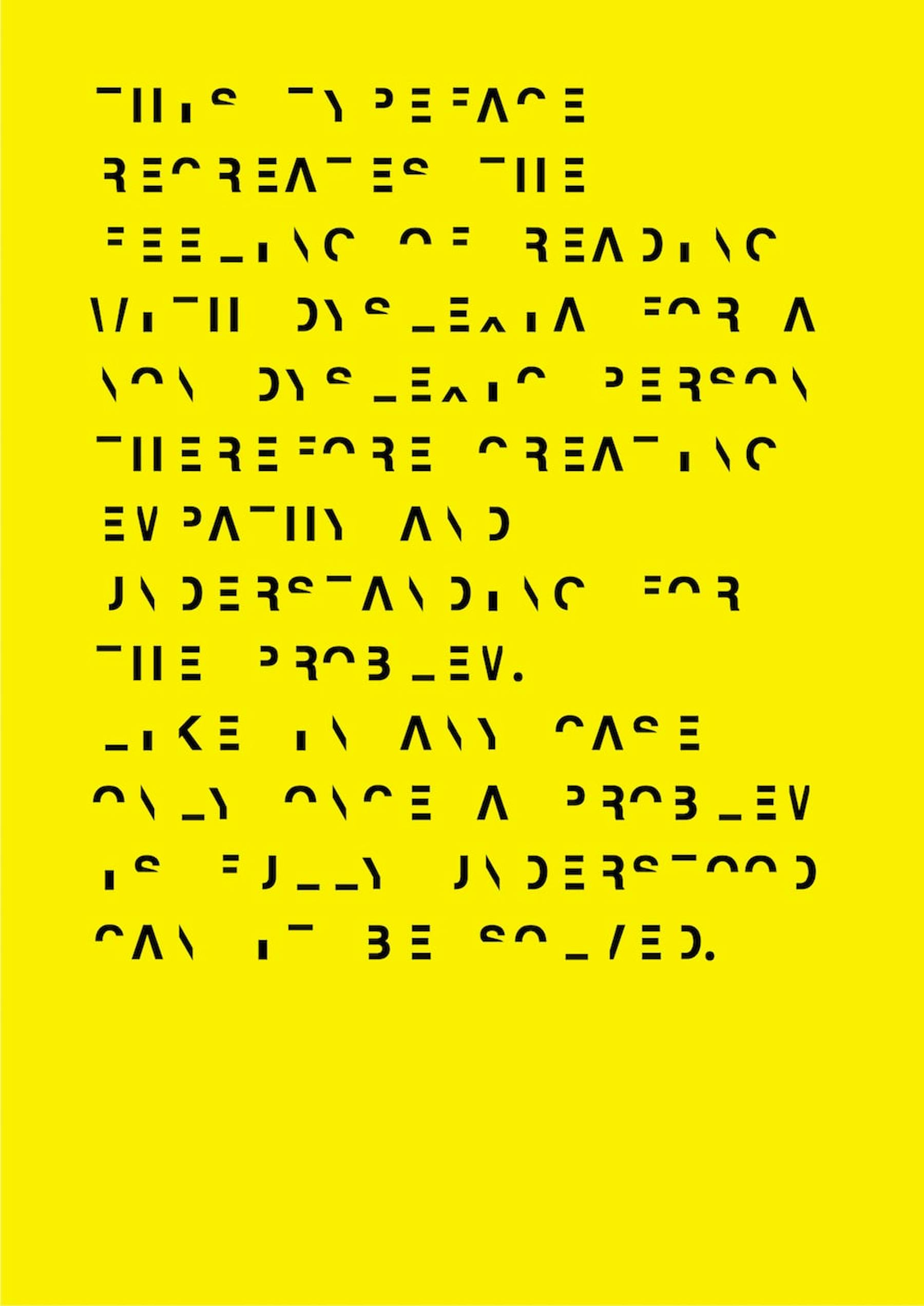 Five Ways To Make Usable Websites For People With Dyslexia Userzoom
Five Ways To Make Usable Websites For People With Dyslexia Userzoom
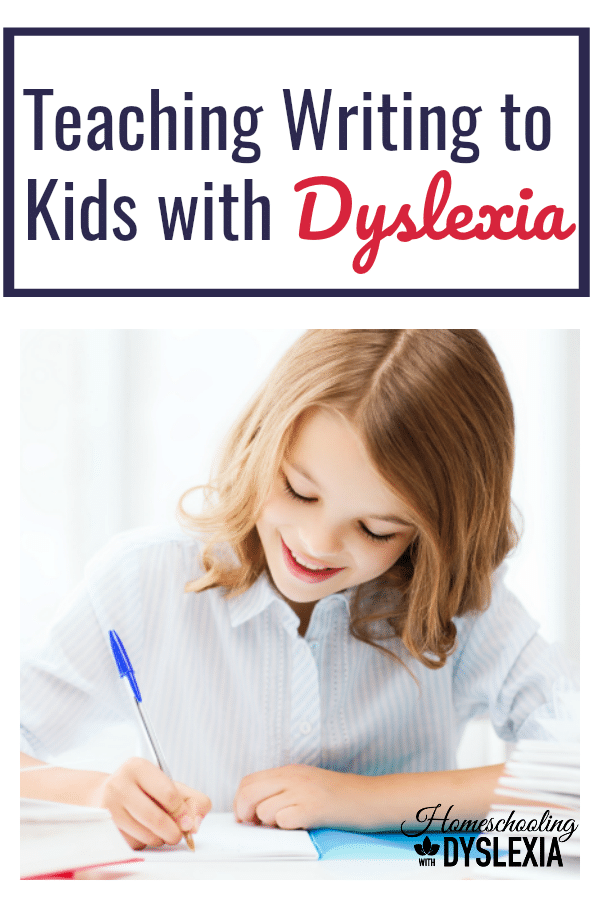 Teaching Writing To Kids With Dyslexia Homeschooling With Dyslexia
Teaching Writing To Kids With Dyslexia Homeschooling With Dyslexia
6 Surprising Bad Practices That Hurt Dyslexic Users
 Strategies For Improving Handwriting Make Take Teach Kindergarten Writing Teaching Writing Classroom Writing
Strategies For Improving Handwriting Make Take Teach Kindergarten Writing Teaching Writing Classroom Writing
